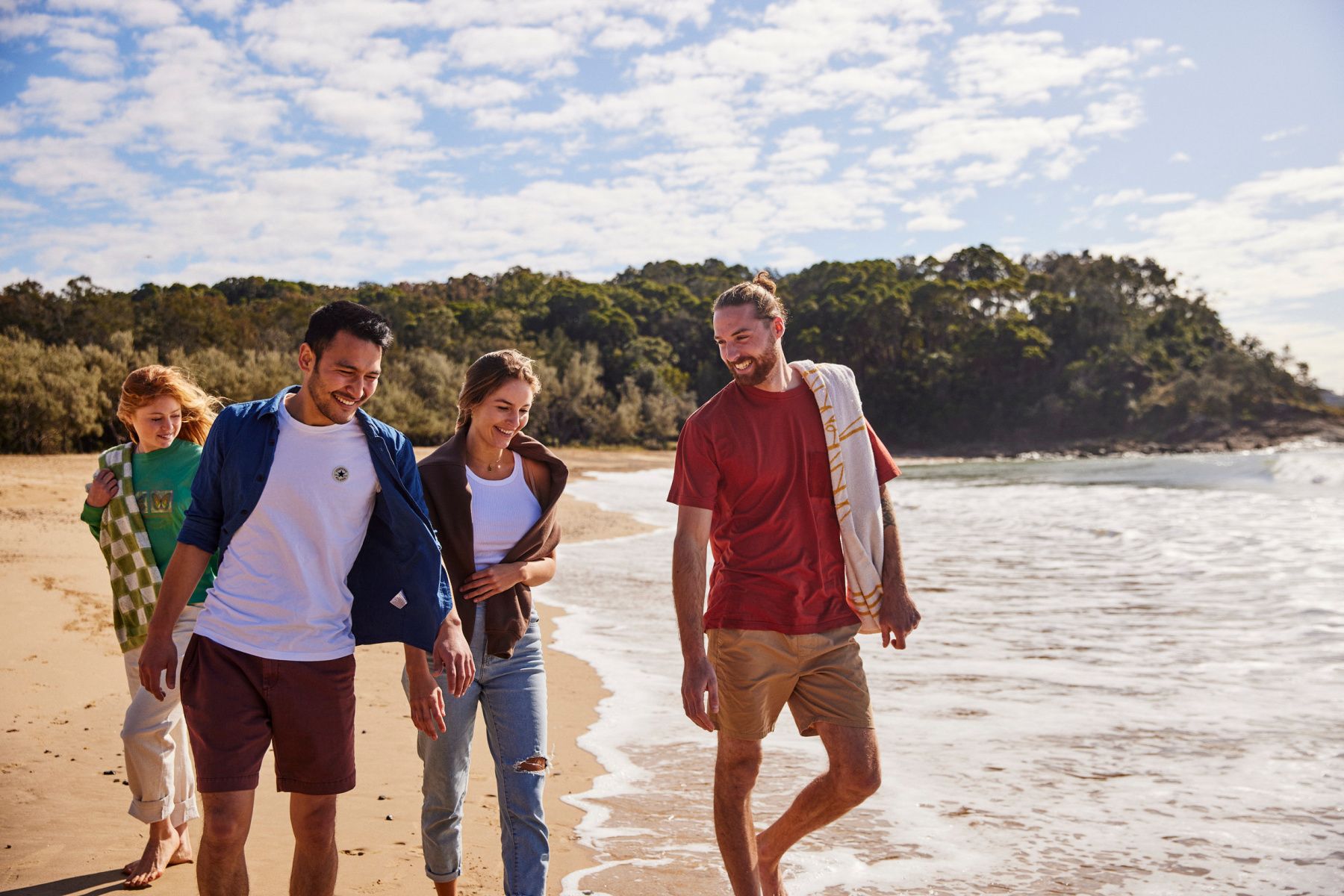Palm Beach Headland on Sydney's Northern Beaches has been officially designated as the first Urban Night Sky Place (UNSP) in Australia by DarkSky International.
The designation demonstrates how good quality lighting and design can reduce the impacts of artificial light on the natural nighttime environment and open up opportunities for better viewing of our night sky.
An UNSP aims to preserve a dark sky experience for visitors and educate people on the benefits of proper outdoor lighting that ensures public safety while protecting the night sky.
Positioned on the outer edge of the city region and on the northern most tip of Palm Beach, the UNSP covers 62 hectares and incorporates Governor Phillip Park and Barrenjoey Headland which is part of the Ku-ring-gai Chase National Park.
DarkSky International designates Urban Night Sky Places following a rigorous application process to meet specific program requirements.
Northern Beaches Council Mayor Sue Heins said: “We’re extremely proud to be the first designated Urban Night Sky Place in Australia and the southern hemisphere. Through a lot of hard work and consultation with our community we can now join the 160,000 square kilometres of protected land and night skies in 22 countries on six continents.
“This designation is a testament to our commitment to preserving and celebrating the beauty of the night sky amidst urban environments. As cities expand and light pollution increases, it becomes increasingly crucial to protect and appreciate our connection to the stars above."
Northern Beaches Council worked closely with a Project Working Group including National Parks and Wildlife Services (NPWS), local business representatives, local community representatives and community representatives to prepare an application to DarkSky International.
Dark Sky Places Program Manager Amber Harrison said: “This is an inspirational achievement for the Northern Beaches Council and the National Parks and Wildlife Service (NPWS). As the first UNSP in Australia, this initiative will inspire others to protect the area regionally and demonstrates to Greater Sydney the importance of good lighting practices to ensure safe public safety while preserving natural night skies.”
Northern Beaches Council also worked closely with Ausgrid, which introduced a new street lighting type for biodiversity sensitive areas that meets the Dark Sky requirements.
Ausgrid Council Manager, Lighting & Smart Solutions Jiri Heider said: “Ausgrid is pleased to be collaborating with Northern Beaches Council to deliver a bespoke streetlighting solution that meets the strict Dark Sky requirements. The luminaires we installed use the latest smart technology, while providing safe lighting for the community.”
National Parks and Wildlife Service area manager Chad Weston said: “This site is special, being a National Park and listed on the NSW State Heritage Register due to its rich natural and historical value. It will provide another reason for people to enjoy and respect such a beautiful location.”
Rising interest in astro-tourism
According to the World Travel & Tourism Council (WTTC) as nature-based tourism emerges strongly in a post-COVID-19 world, astro-tourism presents immense opportunities to create positive social, economic and conservation benefits.
WTTC describes astro-tourism as "a form of experiential tourism that encompasses travelling for astronomy related experiences – ranging from night-time star gazing in locations with access to dark skies, observatories or special events like solar eclipse or meteor showers".
.jpg?rect=0,2,2449,1622&w=320&h=212&auto=format)
McKinsey's 'Now boarding: Faces, places, and trends shaping tourism in 2024' report also identifies astro-tourism as a growing trend.
In the United States, California's Joshua Tree National Park is capitalising on growing interest from stargazers. It achieved International Dark Sky Park status in 2017 and its popularity as a stargazing destination is rising.
Joshua Tree welcomed 3.2 million visitors in 2023, an increase of more than 200,000 from the previous record set in 2021.
Destination NSW has compiled a guide to the seven best places to view the night sky in NSW. Learn more here.
%20(1).jpg?rect=0,128,2449,1378&w=320&h=180&fit=min&auto=format)


.jpg?rect=0,38,1800,1125&w=320&h=200&fit=min&auto=format)